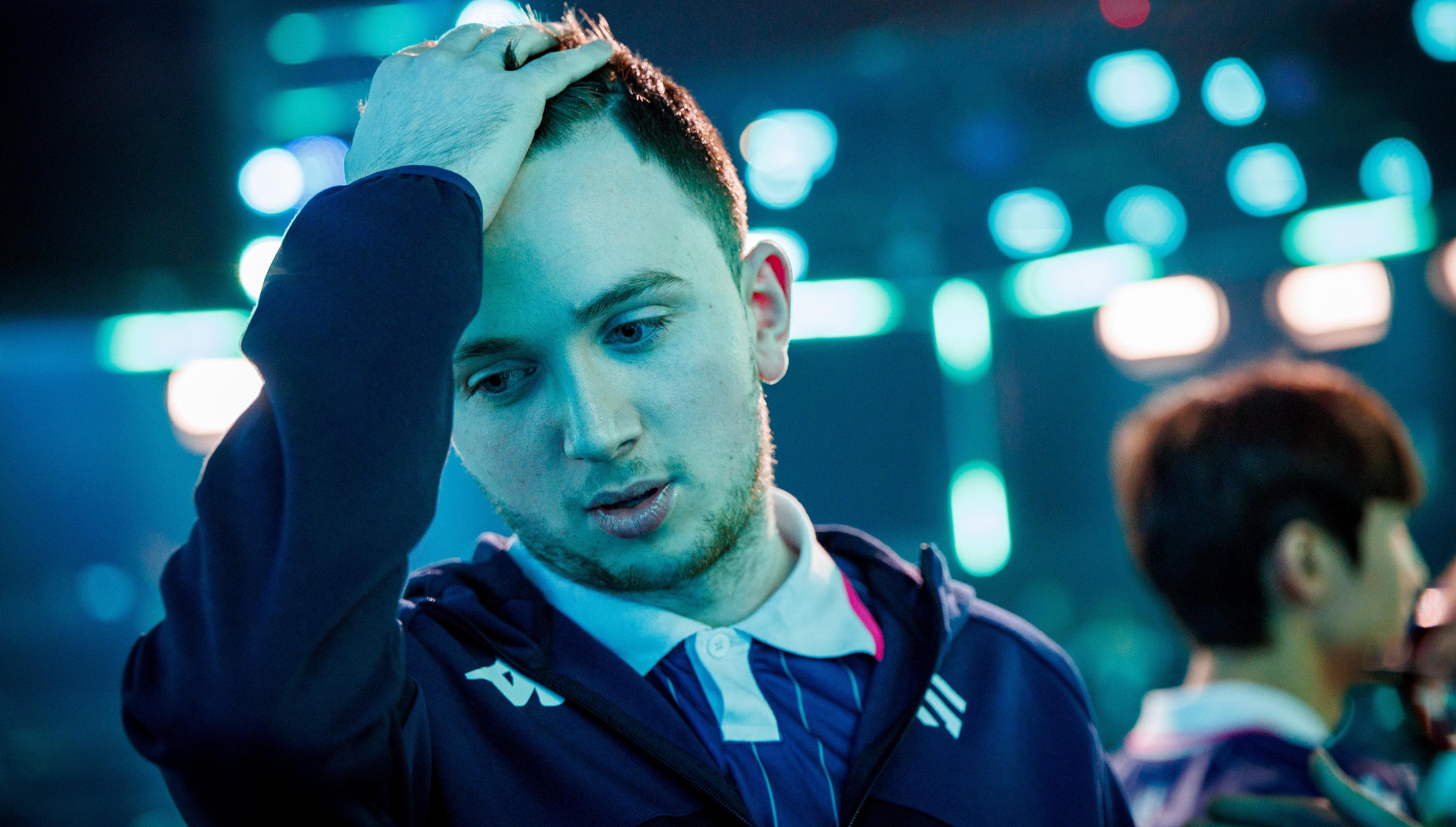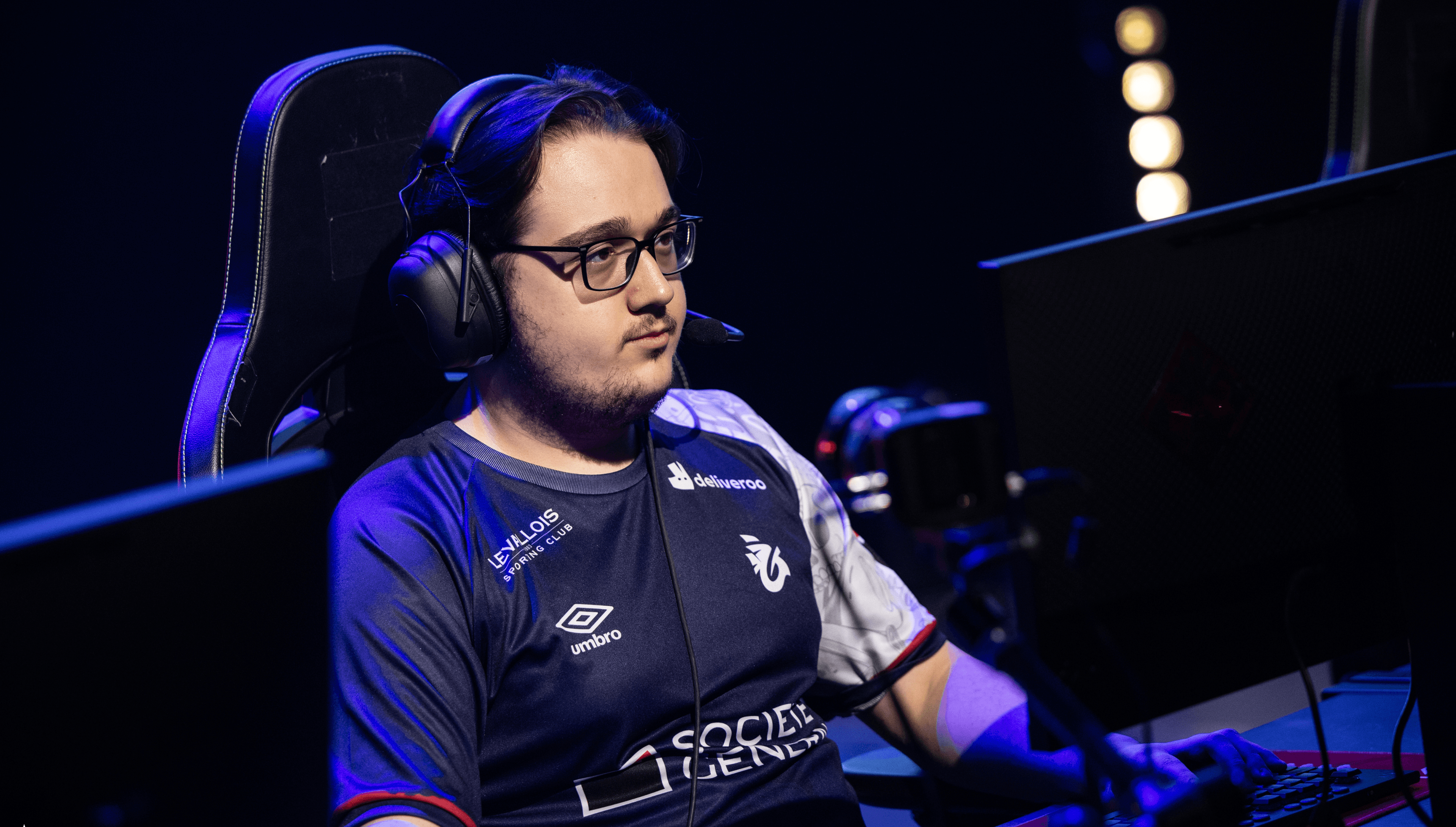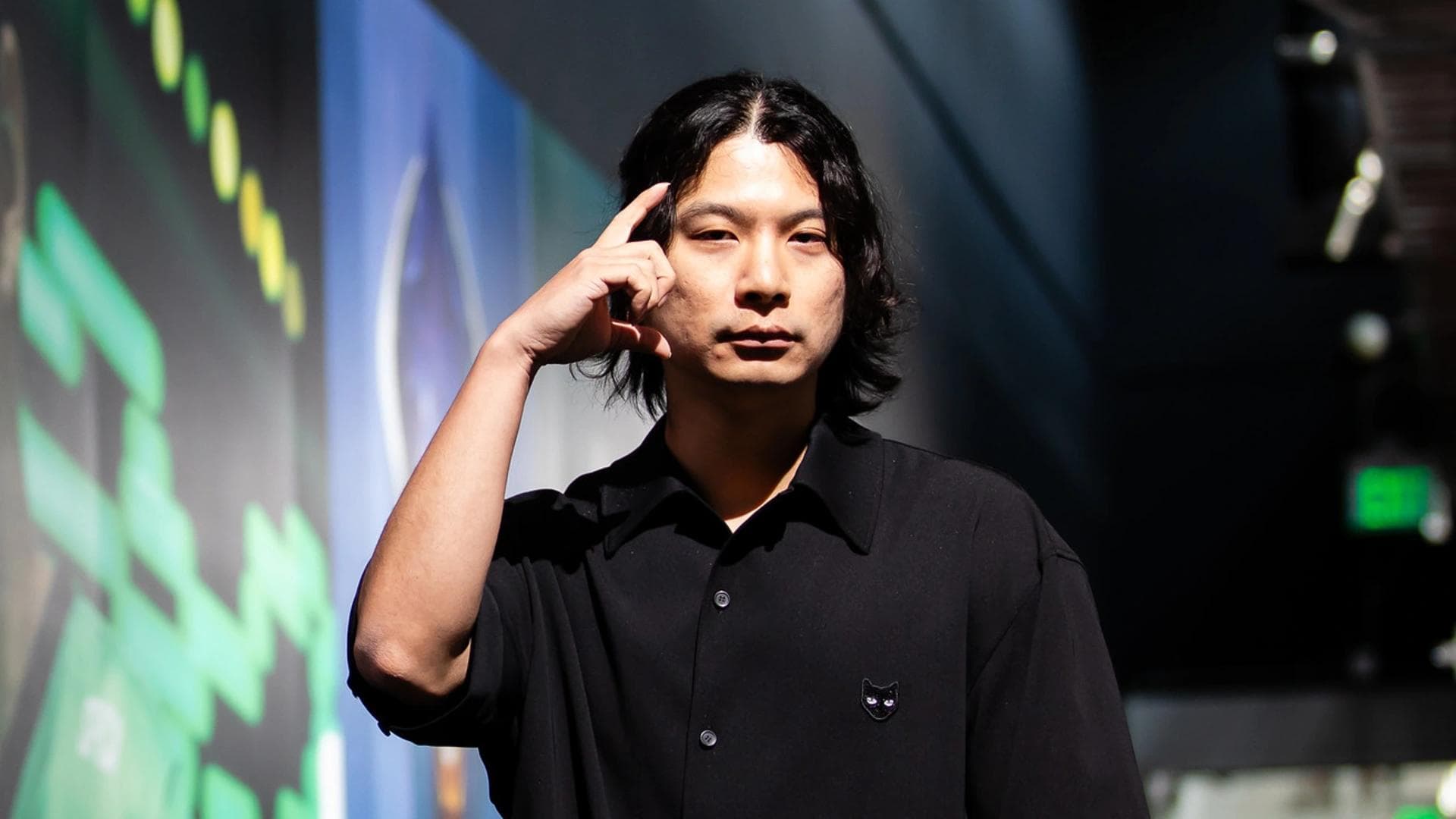Since 2022, the LEC has found itself under increasing economic pressure
Until now, relatively little financial data about the internal operations of Riot Games and its subsidiaries — especially the LEC, Riot's EMEA LoL esports league — has been made public. Today, Sheep Esports delivers a first-of-its-kind analysis of the company's financial results, examining Riot's parent company, Tencent, and the increasingly-popular LEC, via Riot Games EU. This analysis centers on one question: Is the LEC financially sustainable, or has it become a burden on Riot's accounts?
Tencent, a Shenzen-based internet services giant, has become one of the biggest players — if not the biggest — in the video games space. On top of owning the publisher of League of Legends and VALORANT, the group backs the ownership of other major in-house studios, including TiMi Studio Group, Lightspeed & Quantum Studios, and Supercell, the studios behind titles like Honor of Kings, PUBG Mobile and Clash of Clans. In total, Tencent's impressive gaming division generated an eye-watering $92 billion in 2024 alone.
1.55 billion euros in sales
Within the Tencent empire, Riot Games Limited has established itself as the operational and financial center of Riot Inc. for markets outside of the United States. It's responsible for sales, support, marketing and localization of the publisher's games in Europe, the Middle East, Asia and Latin America. The subsidiary centralizes non-US revenues (€1.55 billion in 2023), bears strategic costs (R&D, esports), and returns profits to its parent company, Riot Inc., via its Irish holding company Riot Games Holdings Ltd.
At the close of 2023, Riot Games Limited generated sales of €1.55 billion, up 12.5% from 2022. Despite heavy R&D spending (€297 million), the company generated a net profit of €385 million, a comfortable margin of around 25%. It also paid out €228.8 M in dividends to its holding company, bringing the total to over €600 M over two years, while strengthening its shareholders' equity to €762 M. The company's balance sheet remains solid: €1.82 billion in assets, including over €1 billion in intangible assets, and €160 million in cash.
Despite undeniable success, Tencent has, since 2022, adopted a stricter strategy of cost control and optimization of its various subsidiaries in order to increase margins. The Chinese company has thus instructed Riot Games Ltd not only to remain financially successful, but also to justify its investments by obtaining concrete returns in the medium term — particularly in esports.
A show under pressure
Against this backdrop, the LEC, serving as a showcase for Riot's image and intellectual property, found itself under increasing financial pressure. Production costs (broadcast, live events, salaries, logistics) have remained high, while revenues remain limited to a few sources:
- League sponsorship, deals for which are generally declining and often below the guaranteed minimum;
- Broadcasting rights, deals for which are rare or nonexistent;
- And merchandise sales, which are insufficient to cover league expenses.
The LEC had a particularly trying 2023, seeing a sharp deterioration in performance — sales fell by 63% and gross margin dropped into the negatives. Operating costs continued to rise (+26%), further deepening losses. As a result, the league's deficit worsened considerably (+155%), reaching €28.5 M, including €25 M in operating costs (salaries, infrastructure, etc.). Since its inception, the LEC has reached a cumulative deficit of €53 M, absorbed almost entirely by the publisher.
On the esports front, Riot Games Limited has set up a subsidiary, Riot Broadcasting, dedicated to producing competition broadcasts; in 2023, it generated only €16 M in sales. Those earnings came, entirely, from other Riot entities — Riot Broadcasting generates revenue by invoicing its services to the various organizations and leagues that require broadcasting and belong to Riot. In addition, the 9 direct employees of Riot Broadcasting cost the company €1.2 M a year.
The LEC, and esports in general, isn't exactly a top performer on the Riot Games Limited balance sheet. Even if the deficit is near-negligible in the context of the company's sale volume — a €28.5 M deficit for the LEC out of €1.55 B in sales — Riot is desperate to find savings and meet Tencent's expectations.
Towards a strategic refocusing?
The first step towards rationalizing costs was to cut the workforce: Riot cut 11% of its workforce at the beginning of 2024, i.e. around 530 positions. This reduction, intended to simplify internal structures and cut costs, came despite the company's growing profitability. Though Riot's esports ventures have seen near-unparalleled results — at least in the context of the space — the esports division was hit disproportionately hard by the layoffs.
The LEC has also had to rethink its relationship with franchise teams. It canceled €2 M of franchise fees originally spread out (confirmed by the devaluation of €20 M of a debt qualified as “irrecoverable”) and modified the minimum payment guaranteed to teams.
The budget cuts have affected all stakeholders in the esports world, not just League of Legends: employees, clubs and even spectators, who are suffering from the drop in production quality. This is particularly true of the VCT EMEA, VALORANT's regional elite, which has faced a number of technical problems in recent weeks stemming from budget issues.
As Riot pushes esports towards financial stability at the behest of its parent company, the scene has become strained, struggling to survive. It's not clear how much longer the esports division can continue under these circumstances.
Riot Games was contacted for comment prior to publication but declined to respond.
A word from the author:
Rooted in Tencent's aggressively capitalist policy, Riot Games must constantly aim to improve margins. As esports is always a tool for marketing, disseminating, and enhancing intellectual property, its financial rationalization needs to be put into perspective with its weight in the publisher's balance sheet.
In the case of Riot Games, esports promotion activities as a whole remain inexpensive in relation to the company's financial structure. The choices made by the publisher are first and foremost strategic choices, aimed at refocusing on high value-added assets in order to maximize dividends to TENCENT Holding.
Sources: Audited and consolidated financial statements 2023 Riot Games
Header Photo Credit: Michal Konkol/Riot Games







/Comments
Write a comment